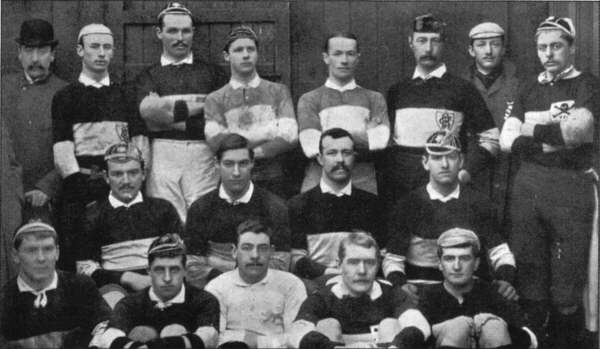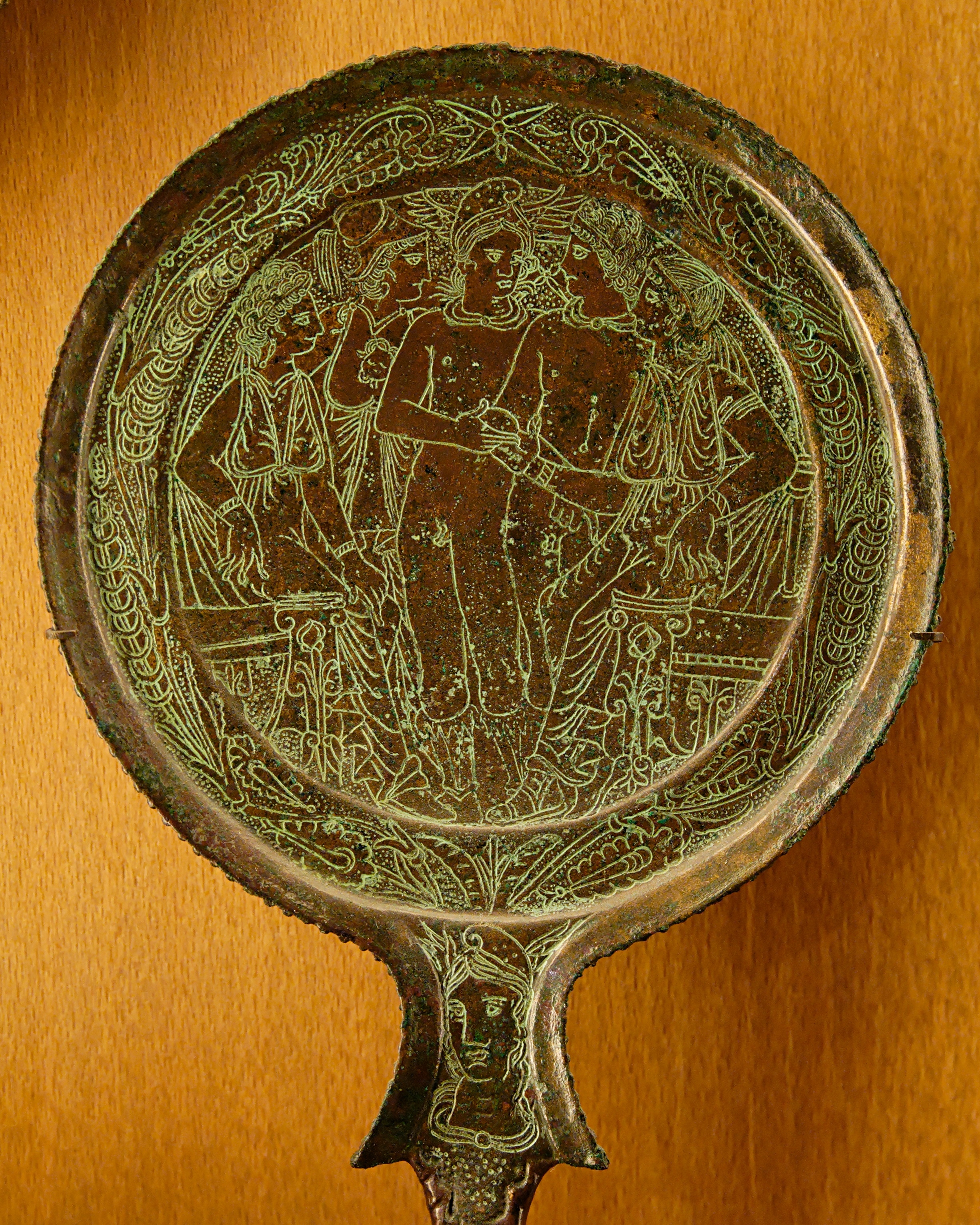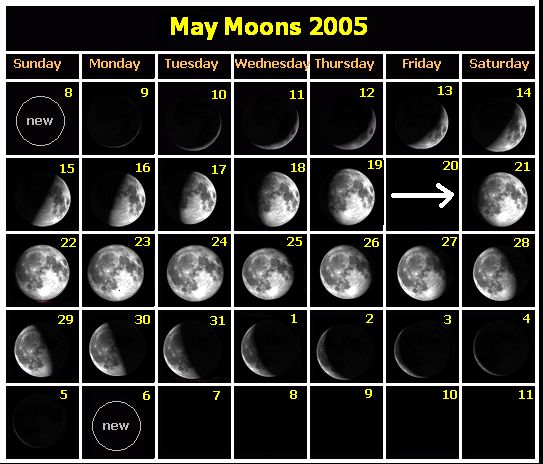|
Philip Maud
Brigadier General Philip Maud CMG, CBE (8 August 1870 – 28 February 1947) was an English officer of the British Army, who is most notable for setting the ''Maud Line'', an imaginary border in Kenya, which set the original position of the disputed Ilemi Triangle. Maud is also celebrated in the field of rugby union playing international rugby for England, and in the 1890/91 season became one of the original members of the Barbarians Football Club. Family Maud was the son of Reverend Landon Maud. In 1907 he married Dorothy Louisa Braithwaite, sister of Lilian Braithwaite. Ilemi Triangle While a member of the British Army's Royal Engineers corps, Maud was stationed in British East Africa in the early part of the 20th century. During this period Menelik II of Ethiopia declared the border of Ethiopia to the southern tip of Lake Turkana, which the British Empire saw as an encroachment on the territory of northern British East Africa. Maud was dispatched as part of an expedition, ... [...More Info...] [...Related Items...] OR: [Wikipedia] [Google] [Baidu] |
Sudbury, London
Sudbury () is a suburb in the London Borough of London Borough of Brent, Brent, located in northwest London, United Kingdom. The suburb forms the western part of Wembley and is centred around west of Wembley Central railway station. Sudbury is a historical area, having once extended from the 'South Manor - Sudbury' (thought to have been on Harrow Hill) to the area that is now known as Wembley Central (ward), Wembley Central. Much of the land that once formed Sudbury Common until the 1930s has now been developed as a relatively green residential suburb of London. Much of Sudbury was once in the ownership of the Barham family, who give their name to a number of local landmarks, including Barham School and Barham Park. Today, Sudbury covers a narrow area with Wembley to its east, North Wembley to its north, Sudbury Hill to the west, and North Greenford, in the London Borough of Ealing, directly south. Its section in the borough of Harrow is around Sudbury Court Drive, which is te ... [...More Info...] [...Related Items...] OR: [Wikipedia] [Google] [Baidu] |
Lake Turkana
Lake Turkana (), formerly known as Lake Rudolf, is a lake in the Kenyan Rift Valley, in northern Kenya, with its far northern end crossing into Ethiopia. It is the world's largest permanent desert lake and the world's largest alkaline lake. By volume it is the world's fourth-largest salt lake after the Caspian Sea, Issyk-Kul, and Lake Van (passing the shrinking South Aral Sea), and among all lakes it ranks 24th. Lake Turkana is now threatened by the construction of Gilgel Gibe III Dam in Ethiopia due to the damming of the Omo river which supplies most of the lake's water. Although the lake commonly has been —and to some degree still is— used for drinking water, its salinity (slightly brackish) and very high levels of fluoride (much higher than in fluoridated water) generally make it unsuitable, and it has also been a source of diseases spread by contaminated water. Increasingly, communities on the lake's shores rely on underground springs for drinking water. The same c ... [...More Info...] [...Related Items...] OR: [Wikipedia] [Google] [Baidu] |
Wales National Rugby Union Team
The Wales national rugby union team ( cy, Tîm rygbi'r undeb cenedlaethol Cymru) represents Wales in men's international rugby union. Its governing body, the Welsh Rugby Union (WRU), was established in 1881, the same year that Wales played their first international against England. The team plays its home matches at the Millennium Stadium in Cardiff (currently known for sponsorship reasons as the Principality Stadium), which replaced Cardiff Arms Park as the national stadium of Wales in 1999. Wales has competed annually in the Six Nations Championship (previously the Home Nations Championship and Five Nations Championship) since it was established in 1883. They have won the tournament (and its predecessors) outright 28 times, most recently in 2021. Since 2005, Wales has been the most successful team in the Six Nations, winning six Six Nations titles. They include four Grand Slams, again more than any other side. Wales has also participated in every Rugby World Cup since the com ... [...More Info...] [...Related Items...] OR: [Wikipedia] [Google] [Baidu] |
1893 Home Nations Championship
The 1893 Home Nations Championship was the eleventh series of the rugby union Home Nations Championship. Six matches were played between 17 January and 11 March. It was contested by England, Ireland, Scotland and Wales. In winning all three matches, Wales won the Championship for the first time and also took the Triple Crown. Table Results Scoring system The matches for this season were decided on points scored. A try was worth two points, while converting a kicked goal from the try gave an additional three points. A dropped goal and a goal from mark were both worth four points. Penalty goals were worth three points. The matches Wales vs. England Wales: Billy Bancroft (Swansea), Norman Biggs (Cardiff), William McCutcheon (Swansea), Arthur Gould ( Newport) capt., Conway Rees (Llanelli), Percy Phillips ( Newport), Fred Parfitt ( Newport), Frank Mills (Swansea), Charles Nicholl (Llanelli), Harry Day ( Newport), Jim Hannan ( Newport), Frank Hill (Cardiff), Arthu ... [...More Info...] [...Related Items...] OR: [Wikipedia] [Google] [Baidu] |
Cap (sport)
In sport, a cap is a player's appearance in a game at international level. The term dates from the practice in the United Kingdom of awarding a cap to every player in an international match of rugby football and association football. In the early days of football, the concept of each team wearing a set of matching shirts had not been universally adopted, so each side would distinguish itself from the other by wearing a specific sort of cap. An early illustration of the first international football match between Scotland and England in 1872 shows the Scottish players wearing cowls, and the English wearing a variety of school caps. The practice was first approved on 10 May 1886 for association football after a proposal made by N. Lane Jackson , founder of the Corinthians: The act of awarding a cap is now international and is applied to other sports. Although in some sports physical caps may not now always be given (whether at all or for each appearance) the term ''cap'' for a ... [...More Info...] [...Related Items...] OR: [Wikipedia] [Google] [Baidu] |
William Percy Carpmael
William Percy Carpmael (20 May 1864 – 27 December 1936) was the founder and first president of the rugby union Barbarian Football Club. Carpmael was born the eldest of eight in Briscobel, Streatham in England.Starmer-Smith (1977), pg 13. Education and early career Carpmael was educated at Christ's College, Finchley where he was a boarder, and later at Jesus College, Cambridge. On completing university he joined his father's firm of patent agents; Carpmaels and Ransford of Chancery Lane. He would eventually become senior partner of the firm. While at Cambridge, Carpmael, or 'Tottie' as he was known, was a keen sportsman. He played cricket, rowed for the Lent Boat and was a keen steeplechaser; but it was rugby that he enjoyed playing the most. In 1885 he won his Blue in a varsity match as a forward. Due to Carpmael's close ties with his university the Barbarians, as a club, were also close to Cambridge and Blackheath. The Barbarians In the early 1880s there were very few ... [...More Info...] [...Related Items...] OR: [Wikipedia] [Google] [Baidu] |
National Portrait Gallery (London)
The National Portrait Gallery (NPG) is an art gallery in London housing a collection of portraits of historically important and famous British people. It was arguably the first national public gallery dedicated to portraits in the world when it opened in 1856. The gallery moved in 1896 to its current site at St Martin's Place, off Trafalgar Square, and adjoining the National Gallery (London), National Gallery. It has been expanded twice since then. The National Portrait Gallery also has regional outposts at Beningbrough Hall in Yorkshire and Montacute House in Somerset. It is unconnected to the Scottish National Portrait Gallery in Edinburgh, with which its remit overlaps. The gallery is a non-departmental public body sponsored by the Department for Digital, Culture, Media and Sport. Collection The gallery houses portraits of historically important and famous British people, selected on the basis of the significance of the sitter, not that of the artist. The collection includes ... [...More Info...] [...Related Items...] OR: [Wikipedia] [Google] [Baidu] |
Elliott & Fry
Elliott & Fry was a Victorian era, Victorian photography studio founded in 1863 by Joseph John Elliott (14 October 1835 – 30 March 1903) and Clarence Edmund Fry (1840 – 12 April 1897). For a century, the firm's core business was taking and publishing photographs of the Victorian public and social, artistic, scientific and political luminaries. In the 1880s, the company operated three studios and four large storage facilities for negatives, with a printing works at Chipping Barnet, Barnet. The firm's first address was 55 & 56 Baker Street in London, premises they occupied until 1919. The studio employed a number of photographers, including Francis Henry Hart and Alfred James Philpott in the Edwardian era, Herbert Lambert and Walter Benington in the 1920s and 1930s and subsequently William Flowers. During World War II, the studio was bombed and most of the early negatives were lost; the National Portrait Gallery (London), National Portrait Gallery currently holds all of the surv ... [...More Info...] [...Related Items...] OR: [Wikipedia] [Google] [Baidu] |
The Golden Bough
''The Golden Bough: A Study in Comparative Religion'' (retitled ''The Golden Bough: A Study in Magic and Religion'' in its second edition) is a wide-ranging, comparative study of mythology and religion, written by the Scottish anthropologist Sir James George Frazer. ''The Golden Bough'' was first published in two volumes in 1890; in three volumes in 1900; and in twelve volumes in the third edition, published 1906–1915. It has also been published in several different one-volume abridgments. The work was aimed at a wide literate audience raised on tales as told in such publications as Thomas Bulfinch's '' The Age of Fable, or Stories of Gods and Heroes'' (1855). The influence of ''The Golden Bough'' on contemporary European literature and thought was substantial. Summary Frazer attempted to define the shared elements of religious belief and scientific thought, discussing fertility rites, human sacrifice, the dying god, the scapegoat, and many other symbols and practices whose in ... [...More Info...] [...Related Items...] OR: [Wikipedia] [Google] [Baidu] |
James George Frazer
Sir James George Frazer (; 1 January 1854 – 7 May 1941) was a Scottish social anthropologist and folklorist influential in the early stages of the modern studies of mythology and comparative religion. Personal life He was born on 1 January 1854 in Glasgow, Scotland, the son of Katherine Brown and Daniel F. Frazer, a chemist. Frazer attended school at Springfield Academy and Larchfield Academy in Helensburgh. He studied at the University of Glasgow and Trinity College, Cambridge, where he graduated with honours in classics (his dissertation was published years later as ''The Growth of Plato's Ideal Theory'') and remained a Classics Fellow all his life. From Trinity, he went on to study law at the Middle Temple, but never practised. Four times elected to Trinity's Title Alpha Fellowship, he was associated with the college for most of his life, except for the year 1907–1908, spent at the University of Liverpool. He was knighted in 1914, and a public lectureship in social ... [...More Info...] [...Related Items...] OR: [Wikipedia] [Google] [Baidu] |
National Geographic Society
The National Geographic Society (NGS), headquartered in Washington, D.C., United States, is one of the largest non-profit scientific and educational organizations in the world. Founded in 1888, its interests include geography, archaeology, and natural science, the promotion of environmental and historical conservation, and the study of world culture and history. The National Geographic Society's logo is a yellow portrait frame—rectangular in shape—which appears on the margins surrounding the front covers of its magazines and as its television channel logo. Through National Geographic Partners (a joint venture with The Walt Disney Company), the Society operates the magazine, TV channels, a website, worldwide events, and other media operations. Overview The National Geographic Society was founded on 13 January 1888 "to increase and diffuse geographic knowledge". It is governed by a board of trustees whose 33 members include distinguished educators, business executives, ... [...More Info...] [...Related Items...] OR: [Wikipedia] [Google] [Baidu] |









